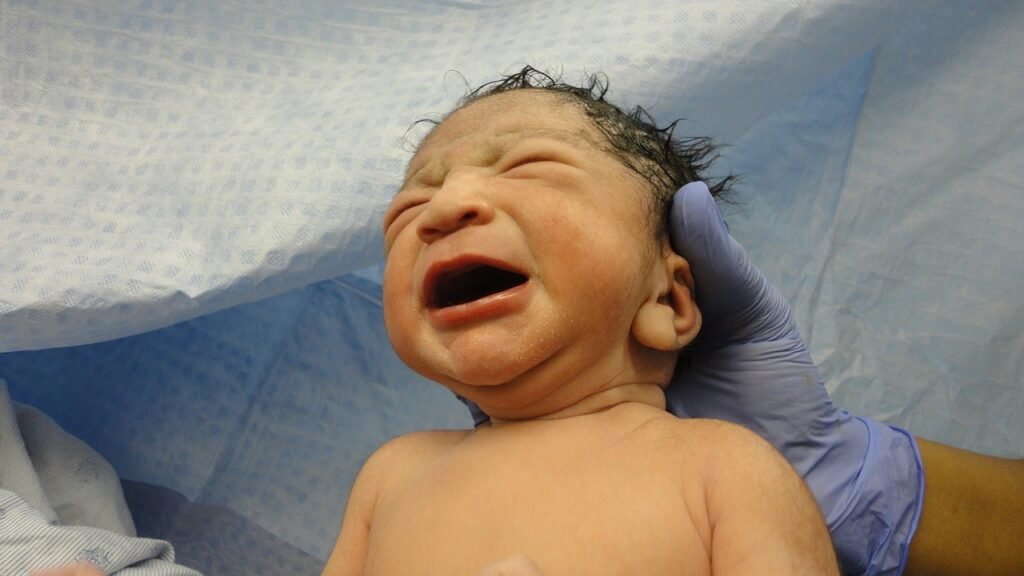The first cry, the first blink, the first swallow, the first sound, the first gulp…..a step into the unknown world……marks the beginning of a human life on the earth!
Ideally, the mother’s womb needs to nurture the seed of life for 40 weeks to give birth to a healthy child often called as a “term” baby. Any live birth before 37 weeks of pregnancy (gestation) is a “preterm” birth.
Based on gestational age, preterm may be categorised as
- extremely preterm (less than 28 weeks)
- very preterm (28 to 32 weeks)
- moderate to late preterm (32 to 37 weeks).
What is wrong if an infant is preterm?
Well, it looks like babies born before 39 weeks have a greater chance of developing breathing problems, low blood sugar and other problems that may result in being admitted to a neonatal intensive care unit (NICU). Preterm birth complications are the leading cause of death among children under 5 years of age (as per WHO). It is estimated that 15 million babies are born too early every year. i.e., more than 1 in 10 babies. Many survivors face a lifetime of disability, including learning disabilities and visual and hearing problems.
Whether a term or preterm baby, appropriate nutritional intake is very important for the growth in infants. An important component of infant nutrition is the ability of infants to take their nutrients by mouth safely and successfully i. e. oral feeding. Normally, the majority of healthy newborns are easily taken to the breast or bottle feeding soon after birth. This is not the scenario with preterm babies.
Oral feeding particularly the swallowing process consists of several phases as:
- oral preparatory phase
- pharyngeal phase
- esophageal phase
These phases helps in the formation of the bolus and its transport to the stomach through the pharynx and esophagus, respectively.
A normal, healthy newborn develops oral feeding habits by the synchronised functioning of different sets of muscles involved in sucking, swallowing, breathing, and esophageal transport.
Researchers have proved that the rhythmicity of these functions is controlled by central pattern generators (CPGs) in the brain. Successful oral feeding and speech emergence are dependent upon the coordination of shared oral muscles and facial nerves.
Infants who are born prematurely do not attain this process and oral feeding generally is not offered before 33 to 34 weeks. In these preterm babies, any delay of the bolus passage during the oral, pharyngeal, and/or esophageal phase may disrupt the normal sequence of events and increase the risks of e.g., choking, respiratory disruptions, fluid penetration/aspiration into the lungs. This puts them at risk of adverse condtions such as oxygen desaturation or aspiration pneumonia. Also these might give rise to long-term oral feeding difficulties.

Though approximately 1 million children die each year due to complications of preterm birth, advances in medical science has drastically increased the survival rate of premature infants during the last decade. Perhaps this is the reason that the scientific community is able to look more deeply into the difficulties often encountered by these infants to readily feed by mouth.
The pertinent challenge that exists for paediatric scientists is to figure out the earliest time when oral feeding can be introduced in these infants. In this quest, an enthusiastic scientific group led by Dr Jill L Maron, Associate Professor of Pediatrics at Tufts University School of Medicine, USA plunged to look for clues in saliva of the newborns.
Since successful oral feeding and speech emergence are dependent upon the coordination of shared oral muscles and facial nerves, they aimed to study four genes related to speech emergence namely:
- forkhead box P2 (FOXP2)
- contactin-associated protein-like 2 (CNTNAP2)
- glutamate receptor, ionotropic, N-methyl D-aspartate 2A (GRIN2A)
- neurexin 1
The rationale of the study was to find out whether these genes were detectable in neonatal saliva that could predict feeding outcomes in premature newborns. Amazing! Isn’t it?
They collected saliva from 51 premature infants (gestational ages: 30–34 6/7 weeks) at different stages of oral feeding development and carried out gene expression analysis. The saliva samples were collected with a special infant saliva collection device Pedia•SAL™ developed by Oasis Diagnostics, USA.

This group of scientists studied different combinations of these four genes. The results of this study indicated that GRIN2A and neurexin in neonatal were not informative. Infants who expressed FOXP2 gene but not CNTNAP2 at the start of oral feeds, achieved oral feeding success 3.20 days earlier than other gene combinations.
This study is a torch bearer in predicting oral feeding habits in neonates. Salivary analysis at the start of oral feeding trials may inform feeding outcomes in the preterm newborns.The day is not far when we might have a hand-held device to find out exactly when to start oral feeding in such babies!